Copenhagen-based interior designer Niels Rejnhold holds a chair dating back to the 1830s that belonged to his great great grandmother and points to its new velvet cushion.
“I’ve made it my own, but I haven’t damaged the concept behind it,” Rejnhold says.
Similarly, Trine Meincke positioned her grandmother’s chair in the corner of her bedroom.

“I like to mix the old and the new; it gives the space a special vibe,” she said.
For the Danish interior designers, remembering one’s self and family is an essential part of creating a happy living space. It’s important to sense a client’s community and culture in a home, Rejnhold believes.
Why It’s Newsworthy: Danish interior design can be a source of inspiration for Americans in learning how to better shape their surroundings for happier lives.“An overlooked ingredient in the Danish recipe for happiness,” as said by author Meik Wiking, may be what Danes call “hygge,” a word that represents the country’s shared philosophy on wellbeing. Hygge, pronounced hoo-gah, can mean to sit down and have a good time with friends or family, as Meincke describes, but it’s more about the environment you create for yourself and others, and how that environment makes one feel.
“The Little Book of Hygge” by Wiking states that the home is central to social life in Denmark. Seven out of 10 Danes say they experience most hygge at home, which may be due to the cold, dark winter months or the high prices and taxes at restaurants and bars.
“We are not spending as much time outside as they do in the southern parts of Europe like in France or Italy, so for the Danes, compared to my experience in France, they prefer to have a daily kick of joy coming home,” Rejnhold said.
Creating joy in one’s home has everything to do with thoughtful design, both Rejnhold and Meincke agree. Hygge design is part of Danish DNA, Meincke said.
“Historically, design has in fact helped shape our entire welfare society; from our furniture and lifestyle to our liveable cities and urban spaces … It’s the glue that holds it all together,” an analysis from the Danish Design Center stated.
Meincke said she enjoys British and American interior design magazines, but rarely strays from Danish design, as she prefers its minimalism, sustainability and the emphasis on usability. These values set Danish design apart and reflect a kind of personal and social responsibility within Danes’ lifestyles and communities.
As Wiking writes in his book, Denmark can be a source of inspiration for increasing one’s quality of life. To learn more about the Danes’ commitment to happiness and each other, one may want to start looking inside a hygge home.
Trine Meincke’s Focus on Cozy, Small Spaces

Trine Meincke has been living outside of Copenhagen for the last six years, enjoying the peace and quiet of her residential neighborhood in Virum. After studying and working in journalism in Copenhagen, Meincke decided to start her own interior design business in 2020.
“Design is in our blood; I grew up in a home with a mother who was very interested in keeping things nice and fresh,” Meincke said.
Curved chairs, shaggy carpets and house plants are important to create a cozy atmosphere in Meincke’s living space. In the depths of winter, Denmark only gets around seven hours of daylight, so she makes sure to add plenty of ambient lights around her home.
“Lights are very important to us to help us feel happy,” she explained.
Meincke tends to order her furniture and accent pieces from Danish brands, some of her favorites being &Tradition, GUBI and Paustion. However, she says she cares more about the quality, feel and purpose of a piece, not the name of its brand.
Meincke’s home is defined by several cozy areas carved out of the flat space, each serving a specific function in her family’s daily life.
“In my house, it’s important for me to have these small spaces where I can sit down with my coffee in the morning or sit down with my husband in the evening with a glass of wine,” she said.
The spaces maintain a sense of harmony with a neutral color palette and colorful accents scattered throughout. Meincke said she prefers a more minimalist approach to design and believes it’s the key to a sustainable home. Favoring simplicity over trendiness ensures that clients will feel content with their interiors for longer.
“I get stressed when I have too much stuff and too much going on,” she said.
Meincke mentioned another word for minimalism could be “Nordic design,” which says something about the popularity of minimalism in the Nordic countries. Her specific approach to minimalism centers around the idea of designing spaces that will last. She’d rather understand her client’s lifestyles and what they will actually enjoy before going out and buying more than they need or want.
“It all comes down to what the customer likes — does she like to read books? Then she’ll need a nice seating space with good light,” she said.
When talking about hygge, Meincke affirms that the idea revolves around community and the warmth that comes from being surrounded by the people you care about and enjoy.
“We focus on not being lonely — a lot of people die from loneliness — we must value our family life and community,” she said.
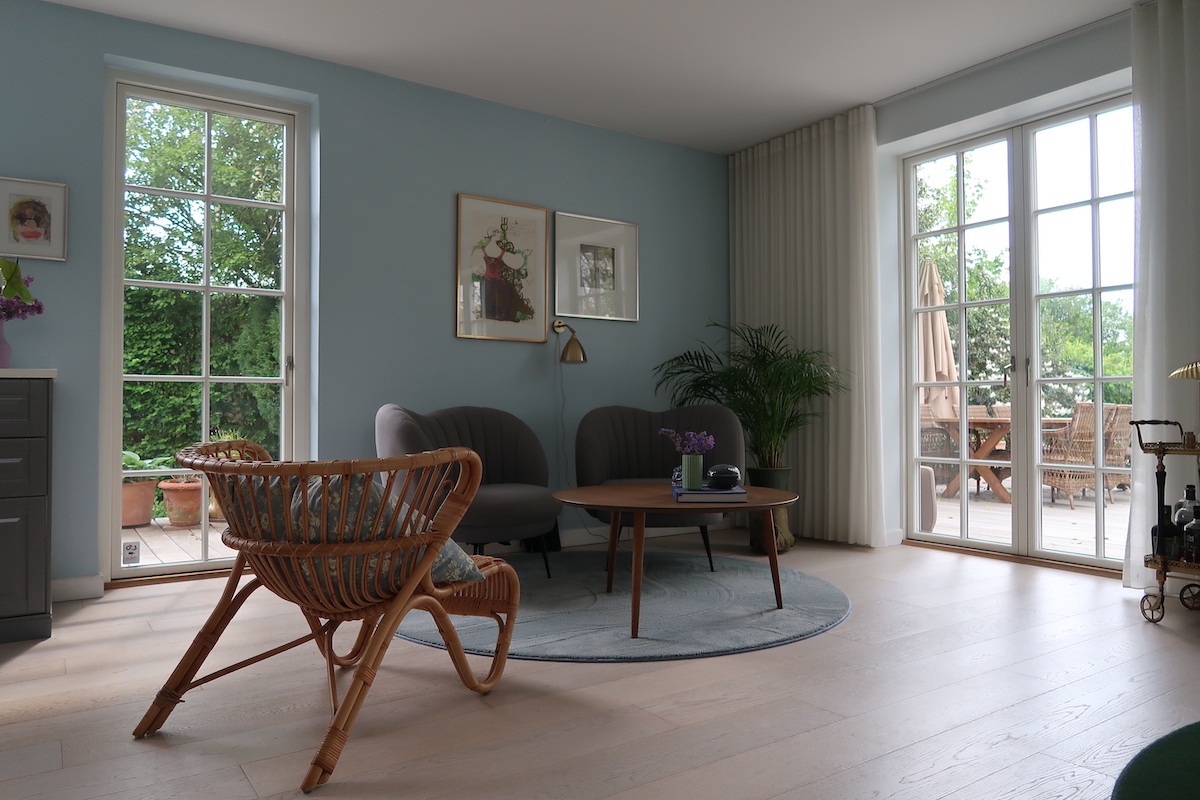
“We don’t have a TV down here,” she said pointing to the living room, “to leave room for more conversation.”
Niels Rejnhold’s holistic approach
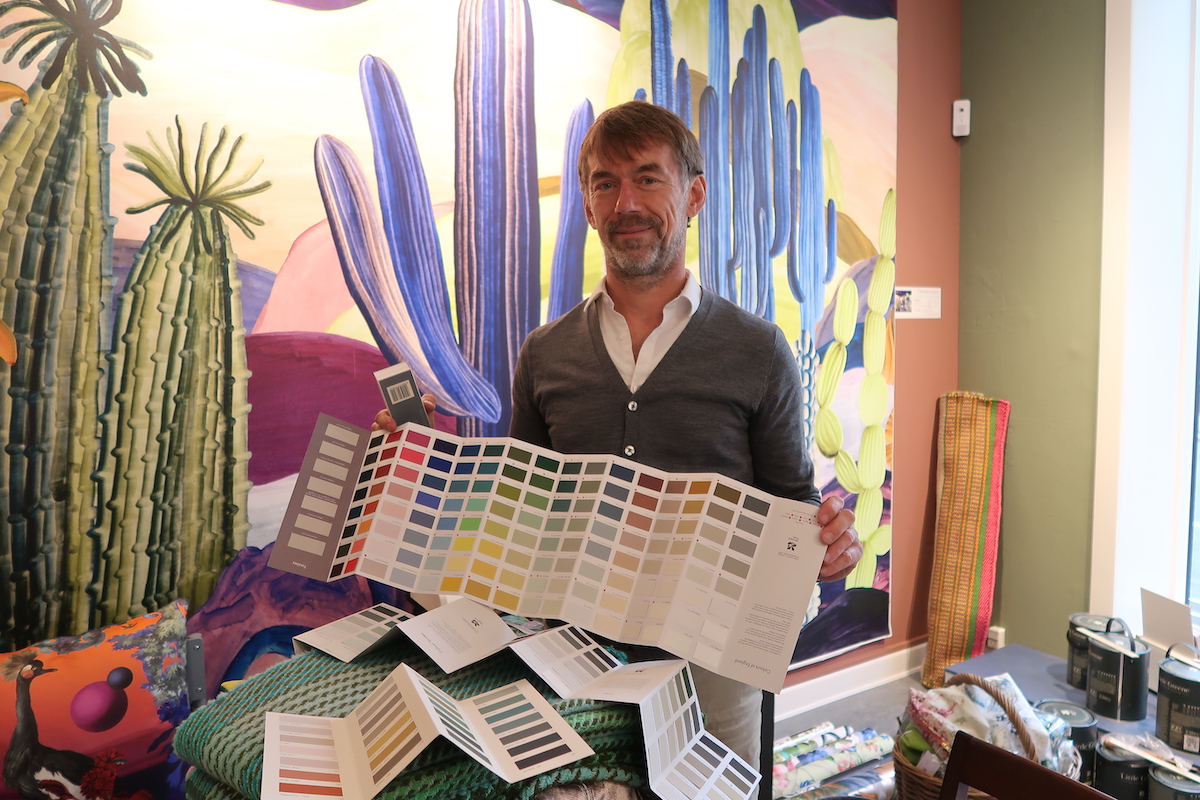
Niels Rejnhold moved back to Denmark in 2006 after living in Paris, France for 14 years, where he used to work for United Airlines. He started pursuing his passion for interior design in 2013, when he established his own company and started working with the Designer’s Guild.
Rejnhold works from his office space in Copenhagen and lives 30 minutes outside the city where he can be surrounded by nature and take his dog, Pierre, on regular walks.
Rejnhold’s approach to interior design revolves around a holistic sense of the self and one’s physical, mental and spiritual needs in their home.
“It’s not about paying a fortune for the big brands, for me that’s not interior design, it’s being capable of sensing yourself and choosing how you want to live,” he said. “Instead of being picked by the object, I’m in charge, that’s important to me.”
Rejnhold has worked with brands that align with this approach, such as Little Greene, which makes non-toxic paint and wallpapers that Rejnhold uses in his home. Similarly to his colleague Trine Meincke, Rejnhold often sticks to local Danish furniture brands. Some of his other favorites are Christian Lacroix, Anno Studio and Klassik Studio.
In terms of how he navigates his personal home’s design, he chooses pieces that inspire him and give off a happy feeling.
“These feel refreshing and unique,” he said, pointing to a stack of colorful pillows in his office.
Rejnhold finds traditional Danish design boring and too safe. His love of playful colors and patterns leads him astray from the typical neutral-toned interiors popular among Danes. He believes hygge design does not have to fit into one category, but it should be about bringing life and warmth into a space.
“You should have a sense of yourself in your interiors,” Rejnhold said.

Like Meincke, Rejnhold values minimalism and sustainability in his own home and his clients’ spaces. He wants to make sure clients are happy five to 10 years from now, he explained. Decluttering one’s surroundings and making space for what matters to a client is an important part of Rejnhold’s holistic practice.
“We shouldn’t surround ourselves in our homes with stuff that carries bad memories, because it shapes the interior, it creates energies, and it can give you a bad feeling,” he said, “you have to ask yourself, ‘how am I taking care of myself and my surroundings?’”
Morgan Quinn is a journalism major at the University of Georgia.



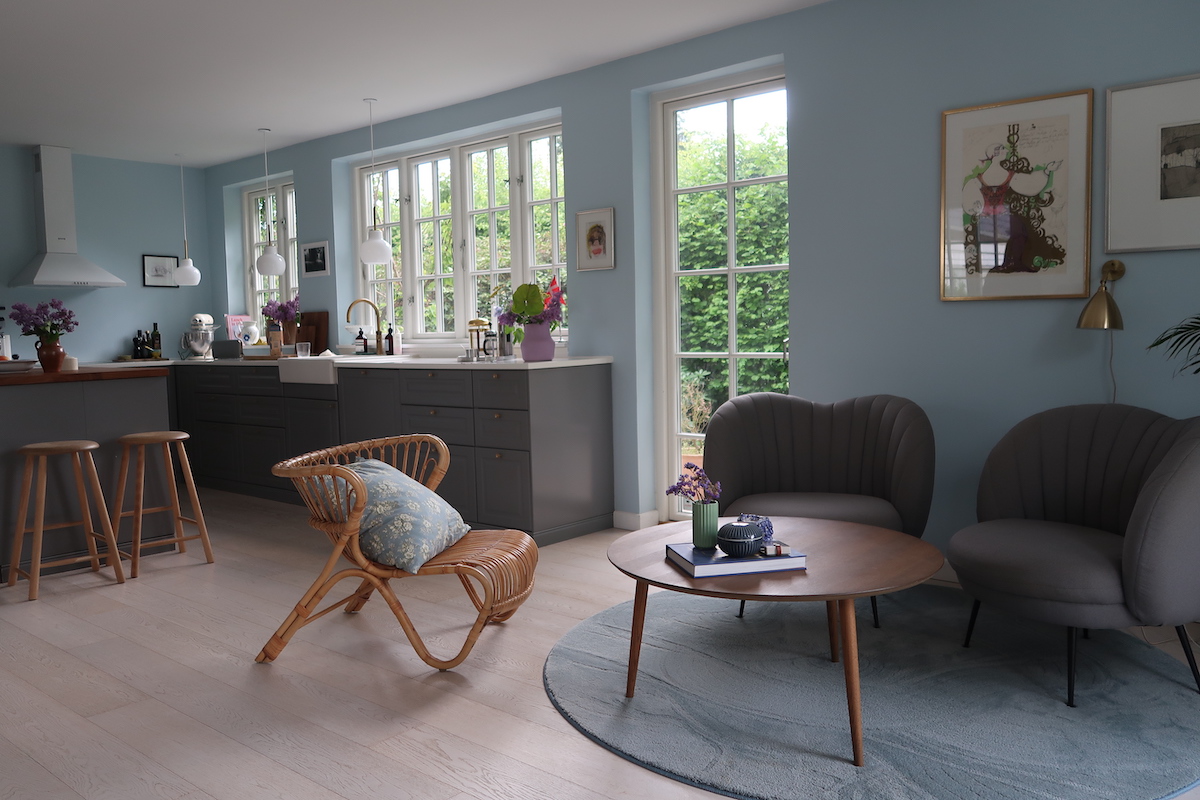
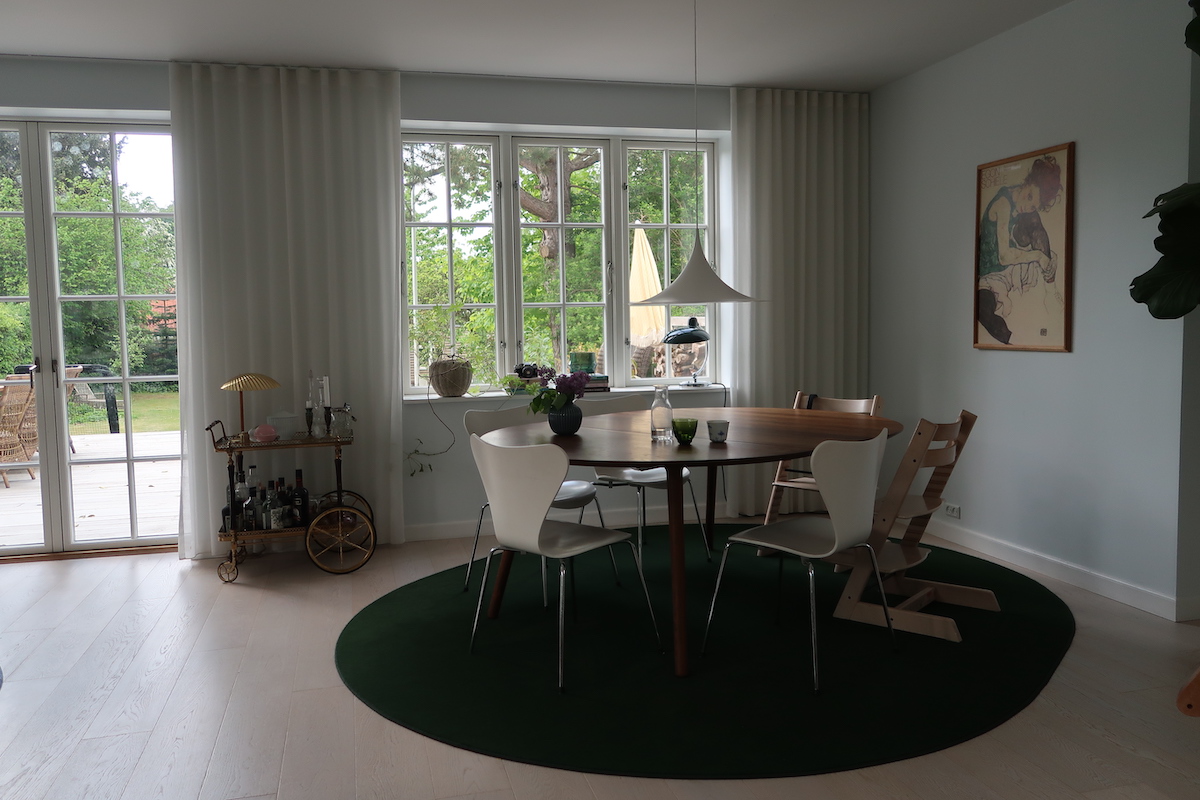
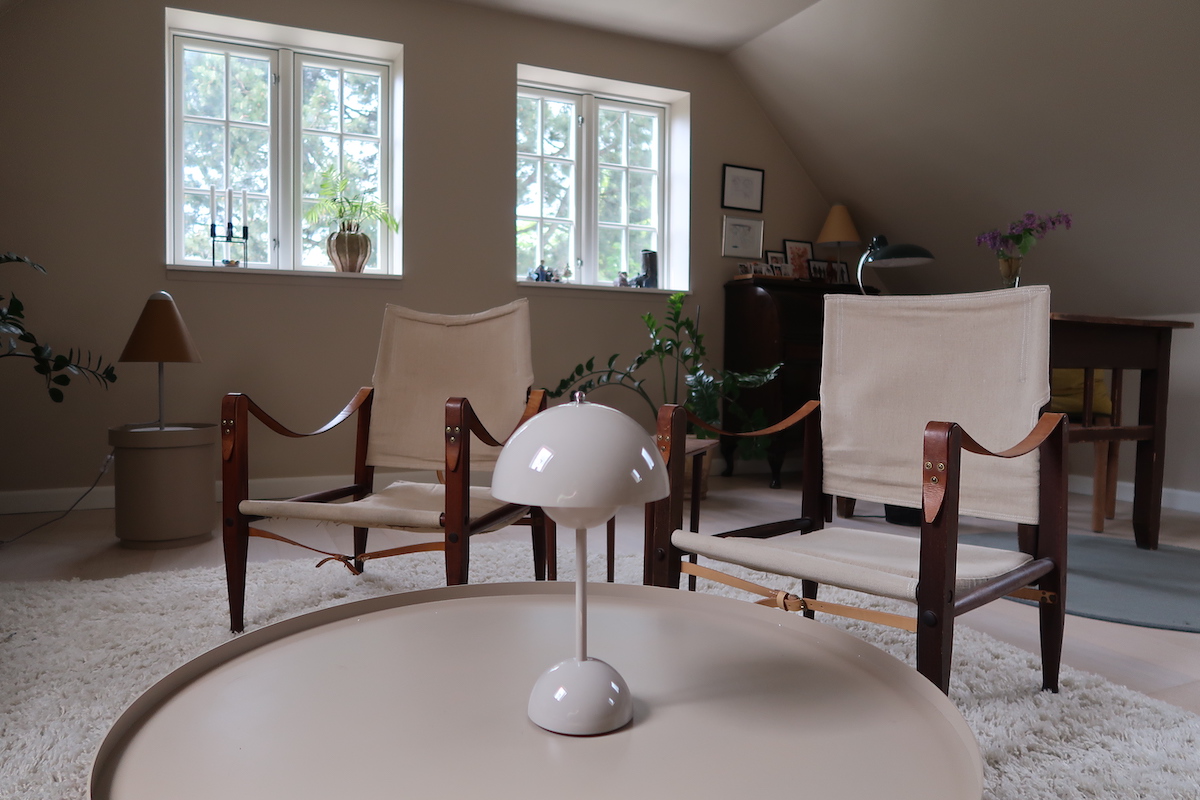

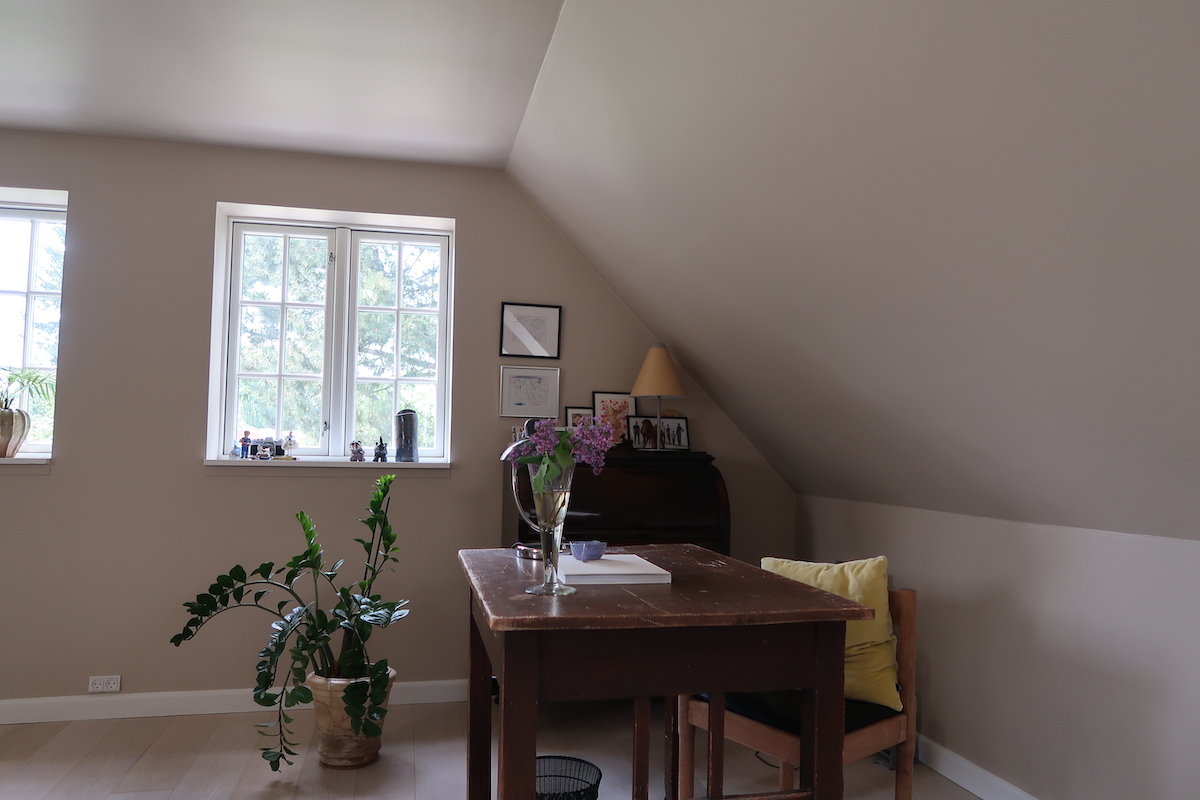
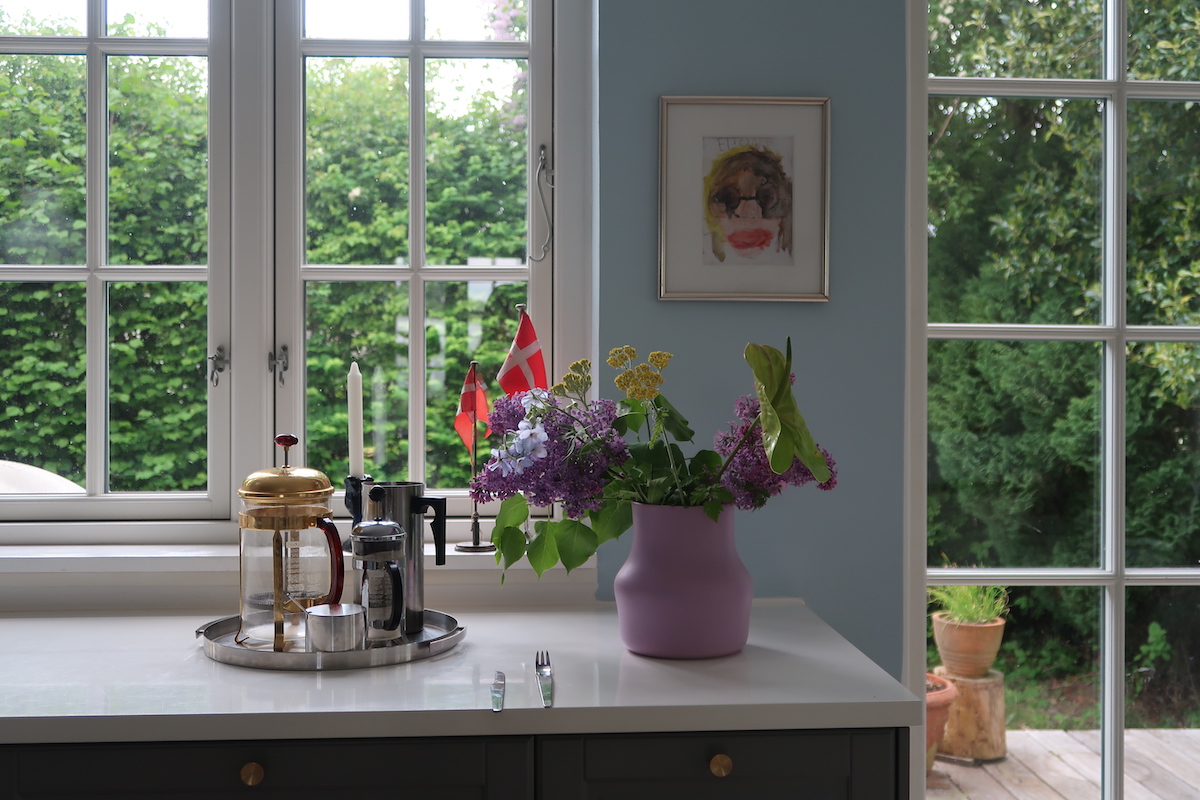
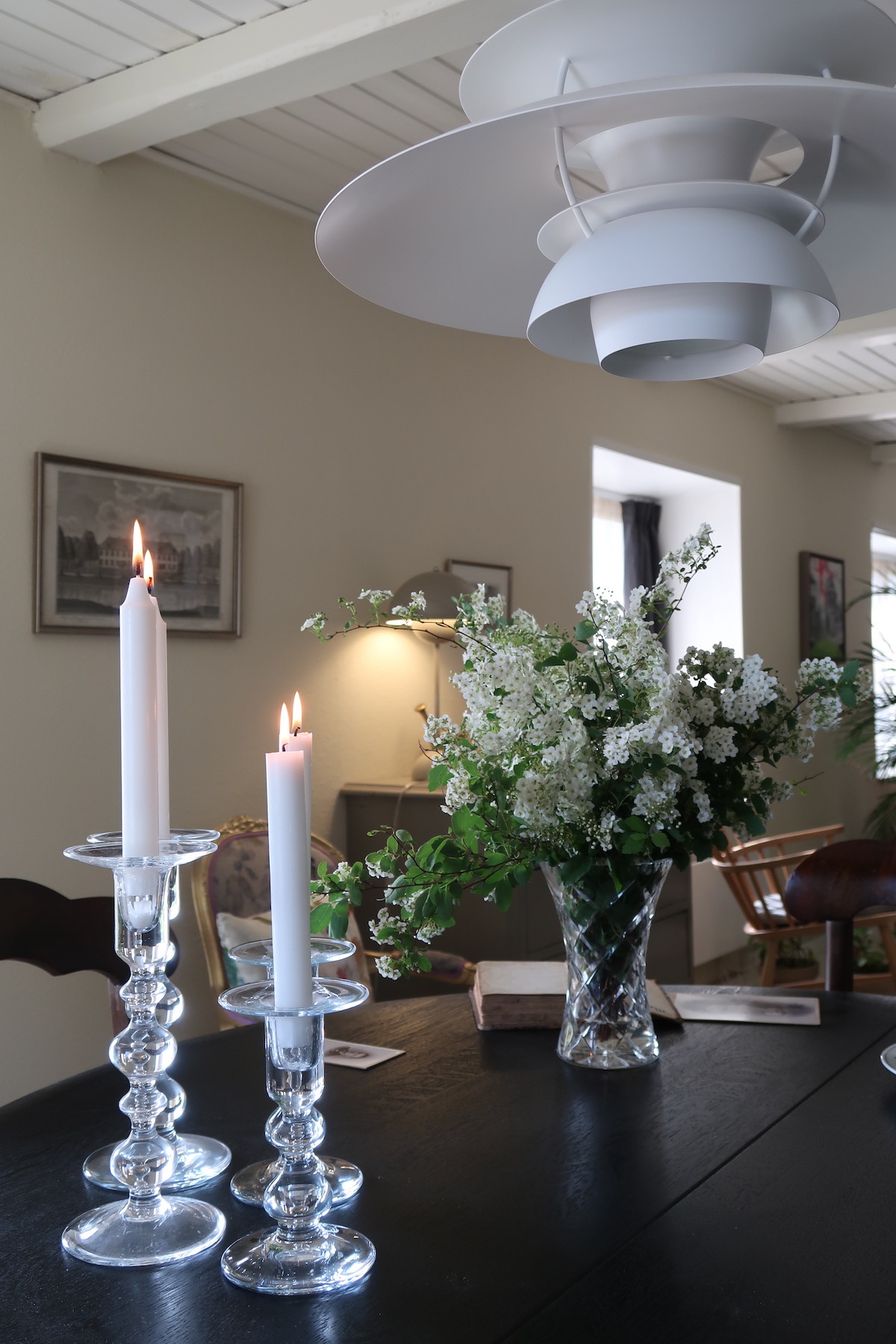
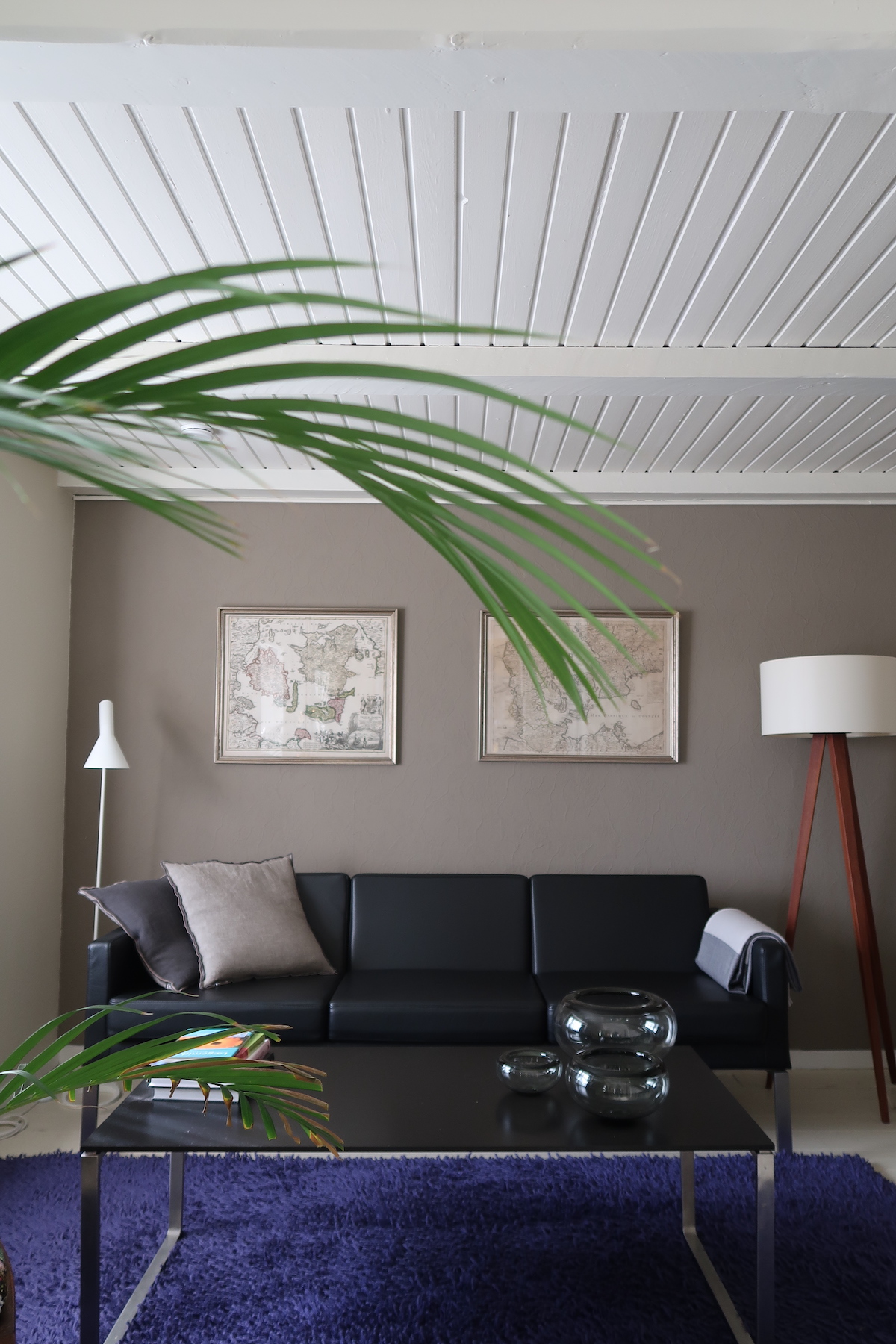

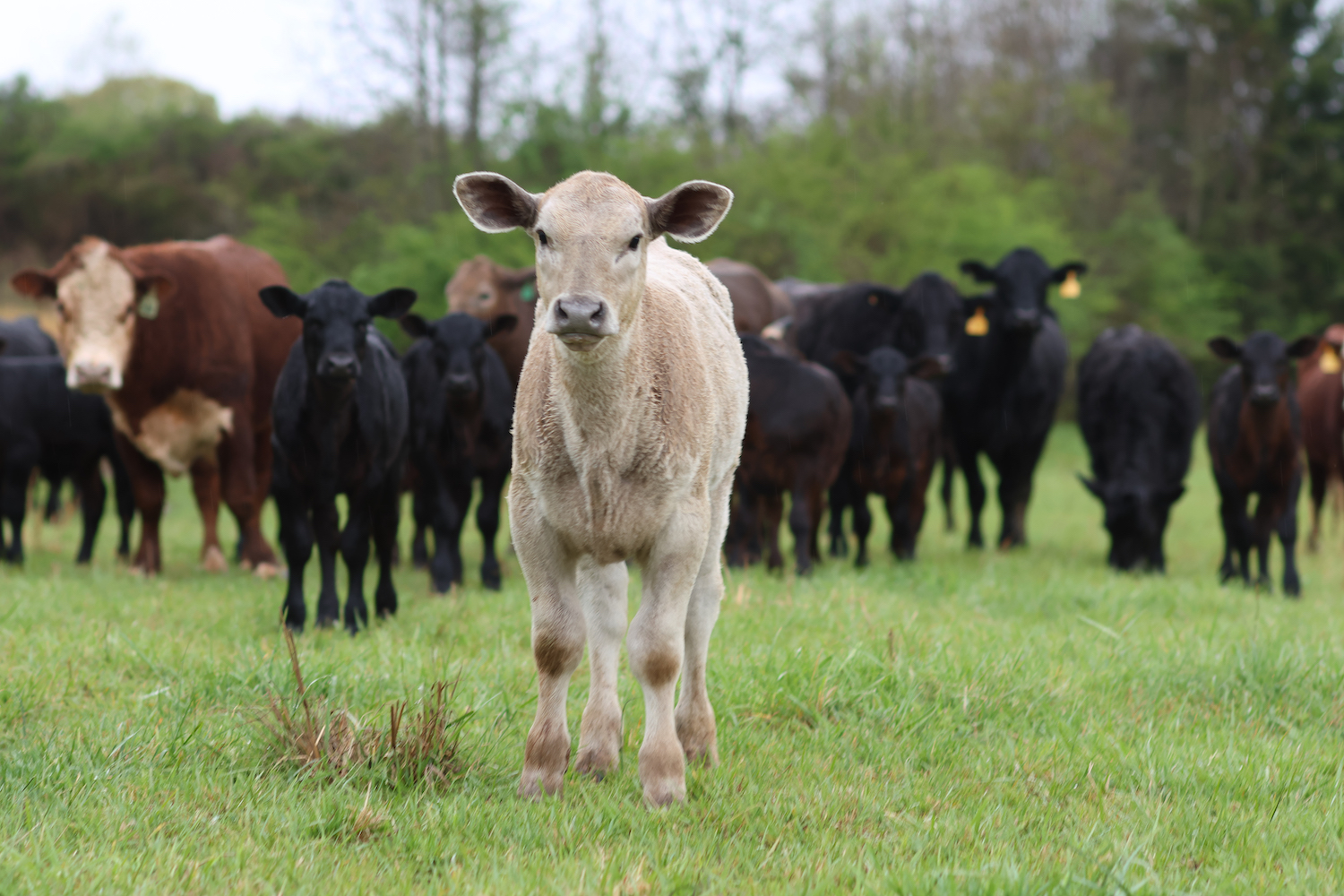
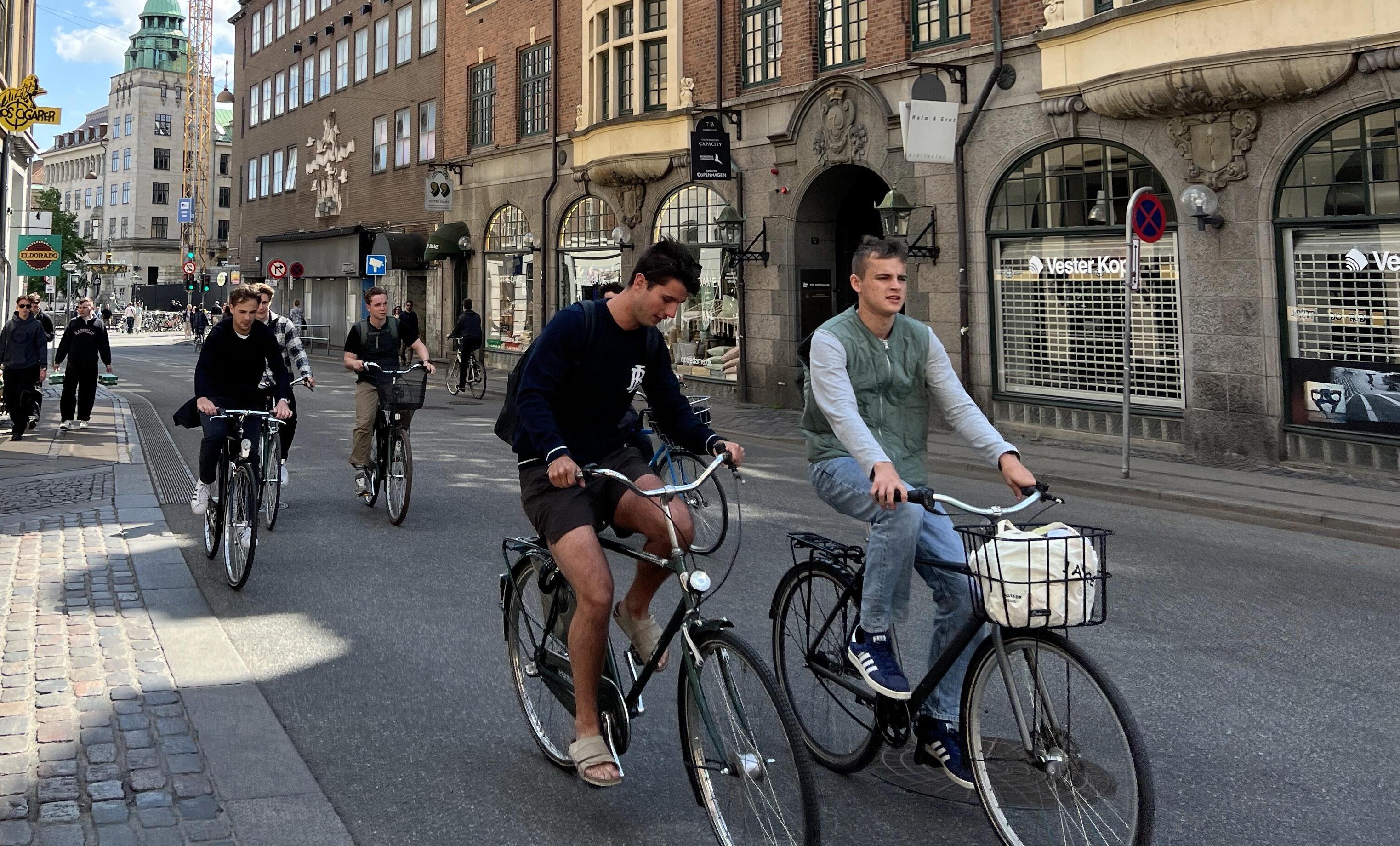



Show Comments (1)